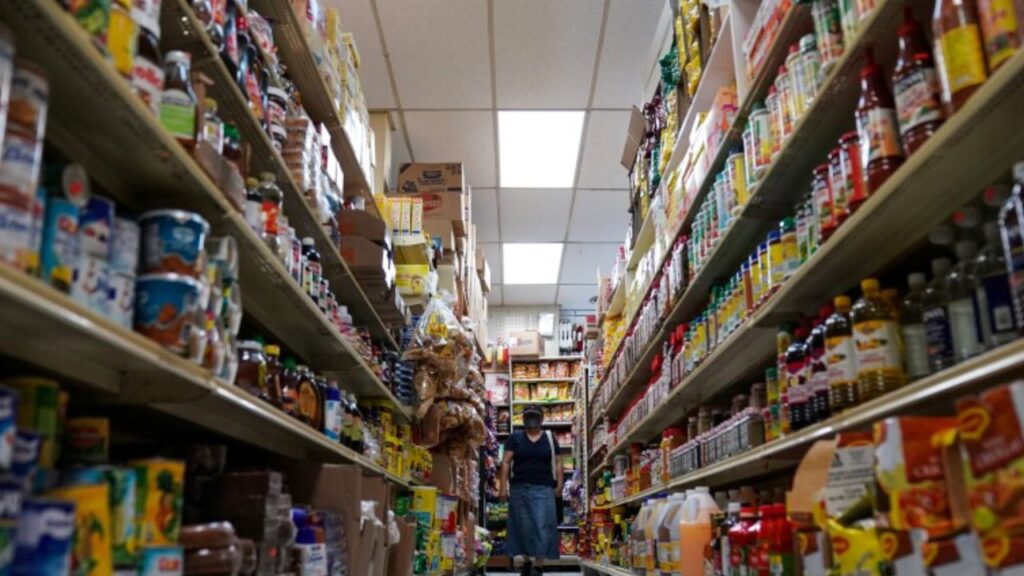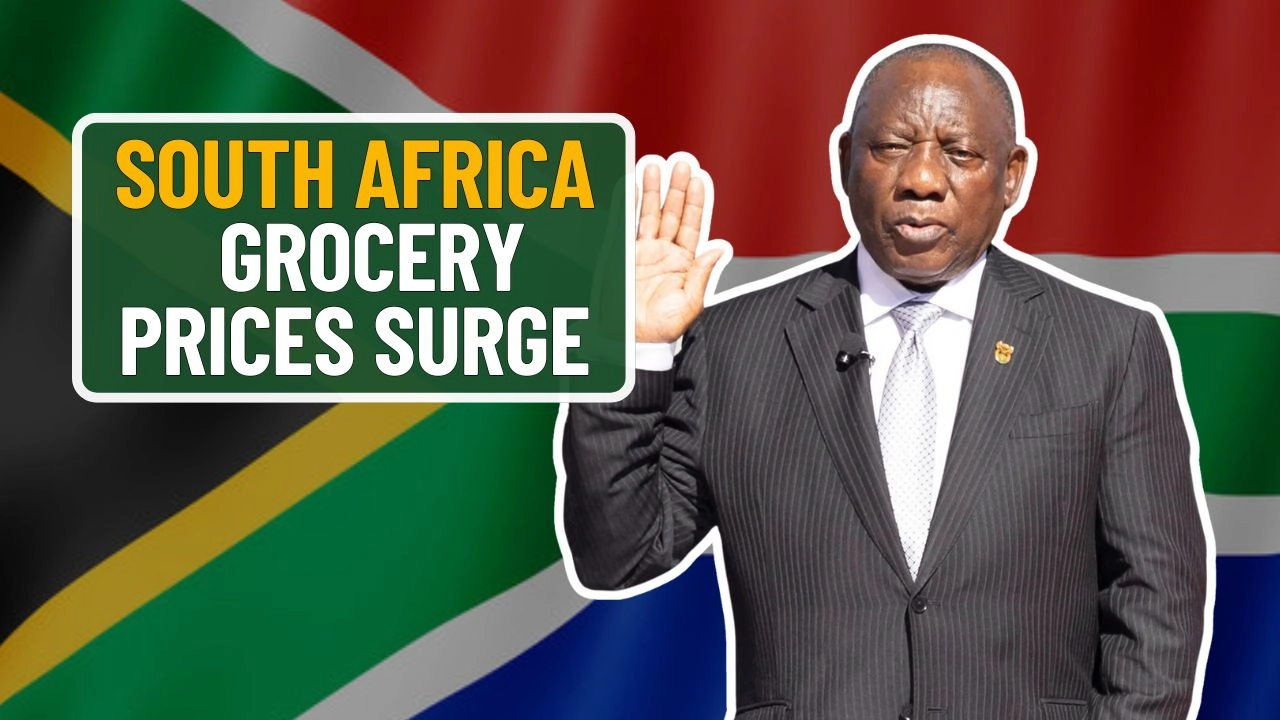As South Africans step into mid-2025, the impact of escalating food prices has become impossible to ignore. The latest figures from Statistics South Africa confirm a sustained trend of inflation affecting household staples. This marks the continuation of a troubling pattern that began in late 2023 and deepened throughout 2024. The current wave of grocery cost increases reflects a broader web of economic and environmental disruptions, burdening consumers across income brackets.
Deep-Rooted Disruptions Behind the Price Jumps
Several intersecting challenges are fueling this surge in grocery costs. Frequent load shedding continues to wreak havoc on the country’s food production systems, disrupting refrigeration and delivery networks. Global commodity spikes particularly in essential imports like grain and cooking oil are adding significant cost pressures. Additionally, the weakening of the rand against major currencies has intensified the financial burden of importing staples such as wheat and rice, making local shelves more expensive to stock.
Weather Extremes and Domestic Shortfalls Strain Supply
Domestically, worsening droughts in major farming provinces like the Free State and Northern Cape have diminished agricultural yields. Farmers are grappling with reduced water access and drying soil, which has driven down the availability of maize, vegetables, and other essential crops. These lower outputs have triggered noticeable spikes in retail prices. The climbing cost of fuel has further complicated the distribution of food across South Africa, with transportation expenses ultimately passed on to the consumer.
Staple Foods See Significant Price Growth

The toll on essential grocery items is now evident in household receipts. In just one year, the average price of a 5kg bag of maize meal has increased from R65.00 to R79.00. A 2-litre bottle of sunflower oil now sells for around R102.50, compared to R85.00 in 2024. Eggs, tomatoes, bread, and chicken have all seen double-digit percentage hikes. These increases are especially painful for families relying on budget-friendly proteins and grains, which are now harder to afford on a consistent basis.
Low-Income Households Bear the Heaviest Load
For millions of South Africans, this surge is more than a temporary inconvenience it’s a daily struggle. Lower-income households, which typically allocate a larger share of their budgets to food, are feeling the greatest impact. Once-regular purchases like eggs or fresh vegetables are turning into occasional treats. Many families are now adjusting their diets, sacrificing nutritional value for affordability, a shift that raises long-term health concerns among public health experts.
Small Shops Gain Ground as Shoppers Seek Value
In response to rising prices, consumer habits are evolving. Many South Africans are gravitating toward local shops and township retailers offering better deals. Generic or store-brand products are becoming increasingly popular, and bulk buying is on the rise where budgets allow. Independent grocers, with lower operational costs, are attracting customers away from national chains. Meanwhile, larger supermarkets are resorting to discounts and promotional pricing, though even these efforts are struggling to keep pace with supplier cost increases.
Forecasting the Road Ahead for Food Prices
Looking forward, there is cautious optimism tempered by uncertainty. The Department of Agriculture has rolled out emergency aid and subsidies for struggling farmers, but these measures may take several months to influence food availability and pricing. Weather models still predict an ongoing El Niño pattern, which could continue to harm crop conditions through the remainder of 2025. Some analysts suggest that only a strengthening rand or a correction in global commodity markets could bring measurable short-term relief.
South Africa’s 2025 grocery price surge reflects a collision of economic, environmental, and logistical pressures. Basic items are becoming unaffordable for many, and without strategic intervention, the problem may intensify. While government support and savvy consumer habits offer partial buffers, systemic solutions are urgently needed. Until then, the nation must continue navigating this turbulent period with resilience and resourcefulness, as food security remains a growing concern across communities.


